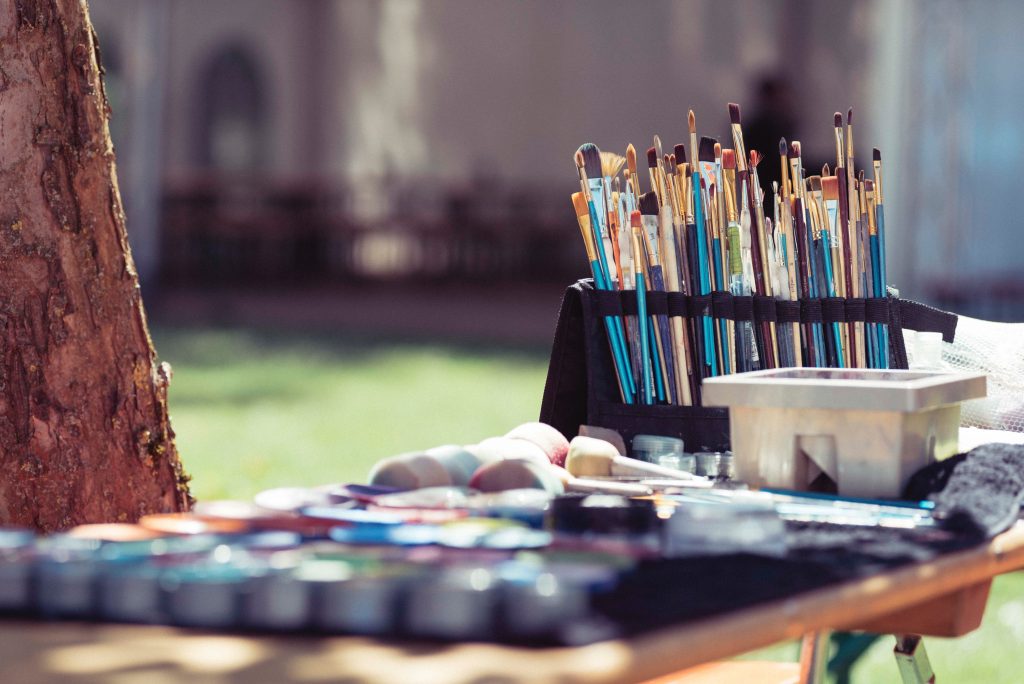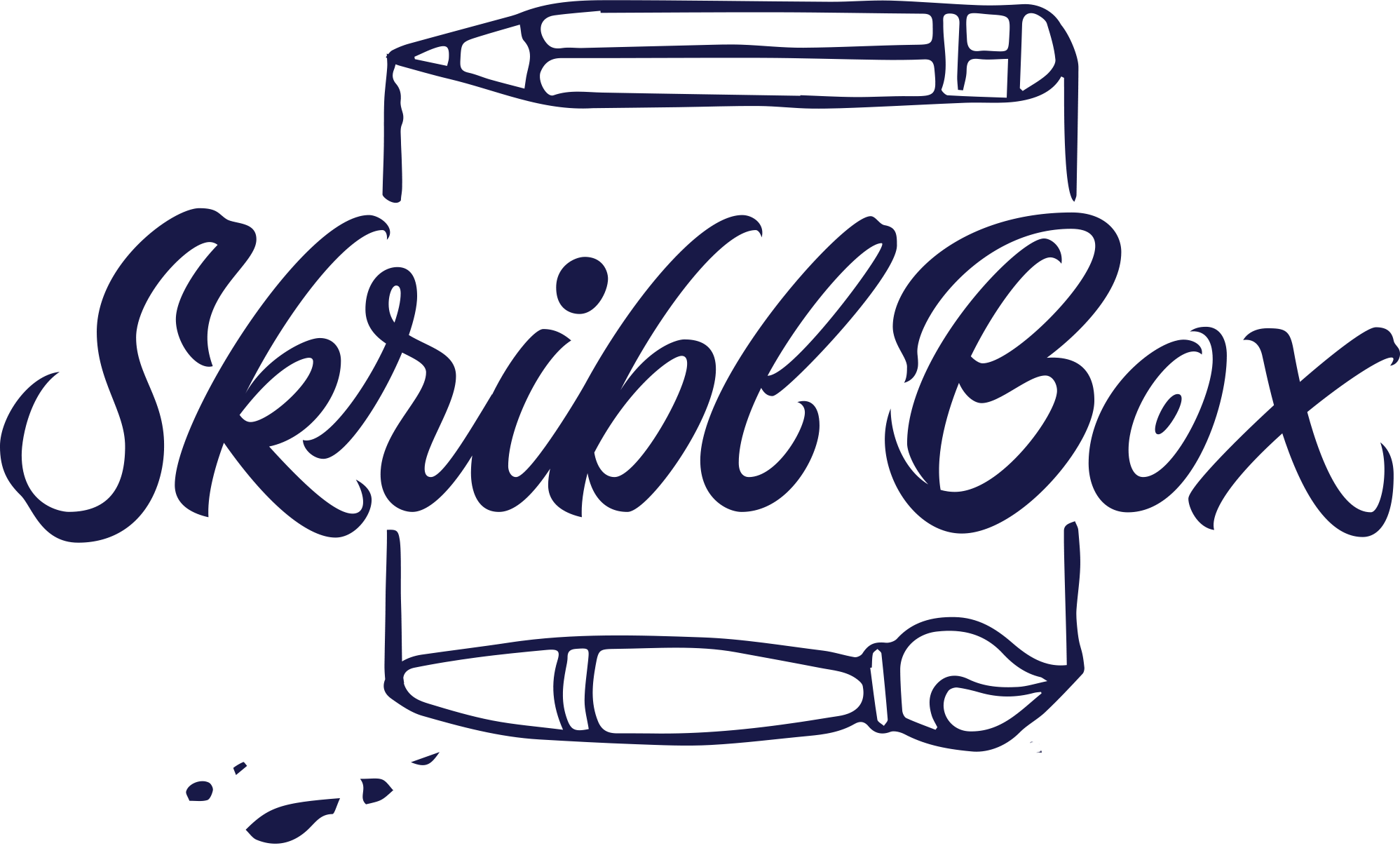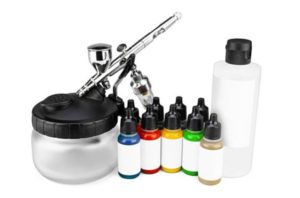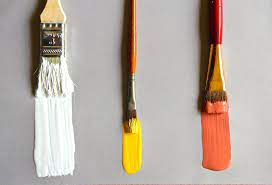
Difference Between Acrylic Paint and Gouache Paint
If you’re starting in the field of art and aren’t sure whether to use acrylic or gouache for your first paintings. You’ve come to the right spot. These two water-based paint mediums are very well-liked by artists and amateurs due to their wonderful styles and textures. However, they dry to a different color and have a unique surface finish.
So, between gouache and acrylic paint, which is best for you? What makes gouache and acrylic different from one another? Let’s discover more about them in detail.
What is Gouache Paint?
Gouache is a type of paint that uses gum arabic as a binder material to hold the paint together along with natural or synthetic colors, water, and other ingredients.
Gouache paint is regarded as a great material since it combines the intriguing properties of acrylic and watercolor paints. It is renowned for producing vivid outcomes. It has a matte, non-reflective surface and dries quickly. Gouache paint is diluted with water, much like watercolor. Since it is so simple to change, you can use it for a variety of artistic endeavors, from whole paintings to ideas and settings in film and animation. Painting with gouache is a lot of fun, simple to perform, and yields beautiful results.
What is Acrylic Paint?
Another sort of paint with a straightforward formula combining water, acrylic polymer, and pigment particles is acrylic paint. Although acrylic paint is water-based, after it dries, it becomes water-resistant. Furthermore, the shiny and satiny sheen of acrylic colors makes them distinctive. Since they can be applied with a range of textures and features, acrylics are flexible.
Acrylic paints are highly versatile and dry quickly. Besides canvas, you can use them on any surface that is devoid of wax or oil, including paper, cardboard, plastic, metal, glass, wood, and stone.
Durability
Acrylic paint has a benefit over gouache paint as it typically lasts longer. Acrylic colours are more resistant to light, can readily survive dust, and are generally water-resistant. However, you should exercise the necessary precautions to protect your artwork with a varnish beforehand if you intend to show it outdoors.
On the other hand, gouache paint requires water to be revived and is less resilient to light and dust. While this could be helpful for painters who want to make adjustments to their works, it may also limit how you can exhibit your artwork.
Binders
Both gouache and acrylic are water-based paints that may be washed down with soap and water after use. However, each has a different binder—the substance that binds the pigments and enables them to adhere to paper, canvas, or other surfaces. For gouache paint, gum arabic acts as a binder. This causes gouache to be water-soluble.
Acrylic polymer serves as the binder in acrylic paints. This binder enables acrylic paint to be soluble in water when wet but water-resistant when dry.
Surface Texture and Application
Like watercolors, gouache cannot be sufficiently reduced to appear translucent before it dries opaque and matte. Gouache paint can break if it is applied too thickly.
But you can layer acrylics up thick enough to add surface roughness. Gouache is soft and flat, but acrylics have a shiny, glossy appearance when dry.
Surfaces That Are Good for Painting
A clear understanding of the kind of medium you prefer will be beneficial when comparing gouache paint with acrylic paint. Acrylic paint can be used on multiple surfaces, including paper, wood, glass, and plastic, whereas gouache paint is mainly suited for paper.
Tools for Painting
Gouache is often handled with a paint brush since it is a thinner, more water-based paint. You can use a paintbrush to apply acrylic paint, but you may also use a palette knife, which is a little more unusual.
Drying Period
You’ll discover while learning how to use acrylic paint that gouache paints are easier to blend and dry much more slowly than acrylic paints. Acrylics don’t offer you much time to deal with and mix the paint on its own, but there are various techniques to delay the drying process (including adding a retarder to your paint or spraying it with water).
Even after it has dried, gouache may be revived with water, making blending simple even if it dries very quickly.
Rewetting and Reworking Ability
Gouache paint offers almost limitless flexibility because you may revive dry paint by adding water, which lets you repair it and alter your painting.
However, you can not alter acrylic paint cannot be modified once it has dried
Acrylic vs. Gouache Paint: Which is Better?
You should make this decision for yourself depending on your objectives. For beginners, either kind of paint might be a fantastic place to start. Try both of these paints to determine which one you prefer.
Acrylics are less costly, simple to handle, and safe to clean. These paints dry quite quickly, both a benefit and a drawback. Art supplies comes in several consistencies and is suitable for multiple tasks. They are more flexible than gouache and can be utilized on different surfaces.
While gouache is more expensive than acrylics, it is also more flexible and natural-looking. To remove this paint, all you need is some water. With gouache, you have more freedom because you may continue working on it after it has dried. As a result, errors are easy to fix.
The good news is that acrylic gouache, a type of paint that blends all the best aspects of both, is now available and offers excellent painting experiences. Despite having the same acrylic paint binder, it has a gouache-like appearance. Acrylic gouache has a creamy consistency, dries quickly, is lightfast, may be easily layered, and dries to a smooth finish. Consequently, that can be a fantastic choice for you.
Wrap Up
Gouache and acrylic are two suitable choices for anyone learning to paint. It will be better if you decide this on your own based on your budget and priorities. To get insight, it’s best if you can test both types. Even though these two types of paint have an image of being beginner paints, professional painters adore them for several reasons, along with the brightness produced by the high pigment density.






